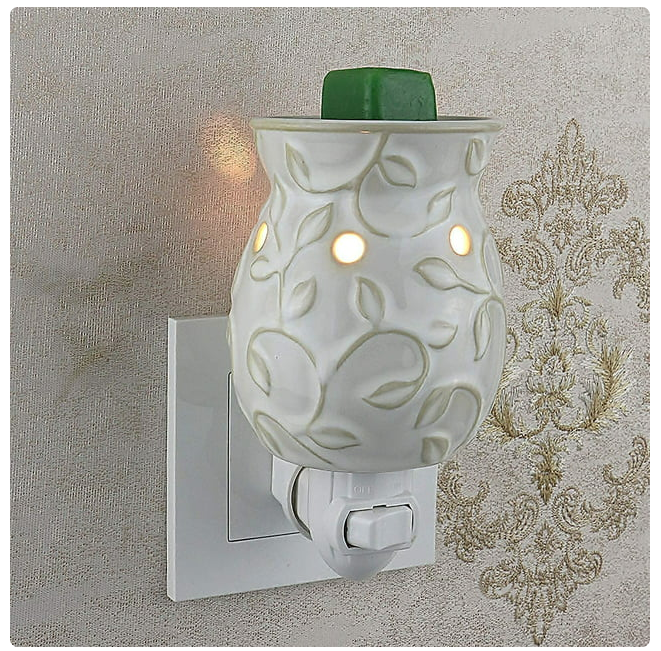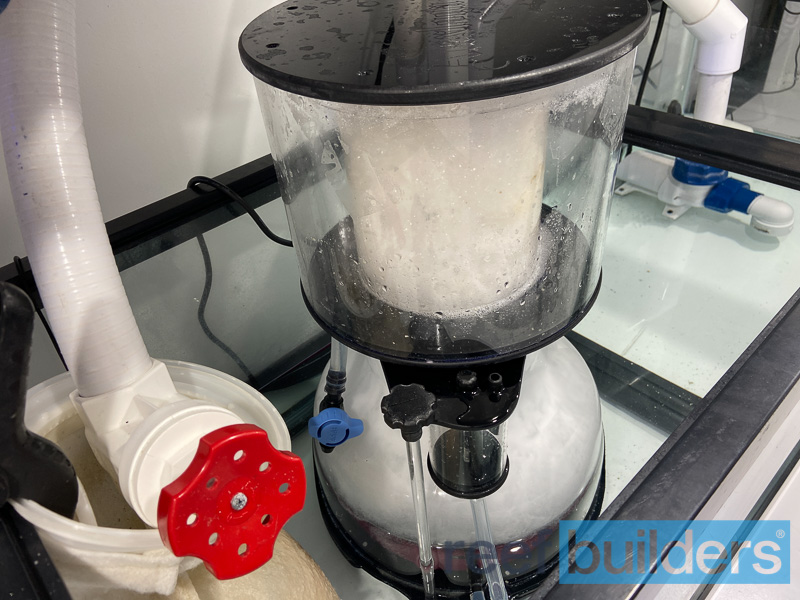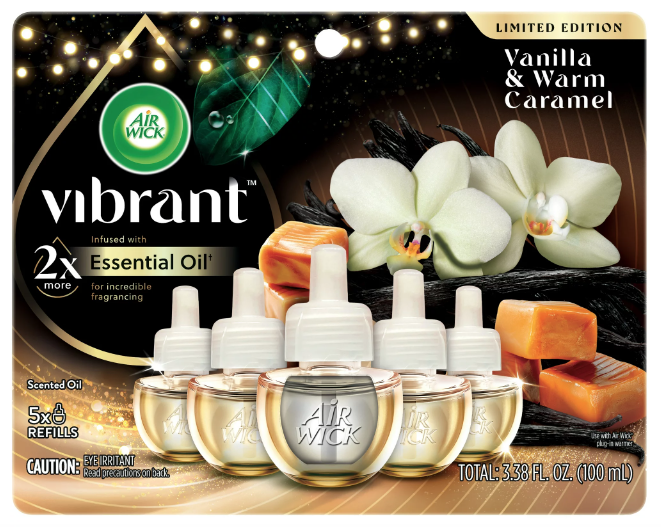Let me tell you a story. A dentist’s office had a beautiful reef full of hammers and torches, which was healthy for years until a new employee placed a vanilla-scented candle in the office. The aquarium technician did not see the tank for several days after the candle was placed, and when he arrived he immediately noticed the poor condition of the coral. The technician then noticed the candle nearby, removed it from the office, and placed a carbon filter in line with the skimmer intake. Over the next few days and weeks, the tank was monitored and the coral showed improvement.
In my experience as a reef keeper and aquarium professional, there has been a constant source of debate and confusion when it comes to whether or not scented candles and artificial air fresheners, particularly the ones you plug into the wall to help disperse scents into the home, pose a risk to our aquatic environments. I believe this is one of the biggest problems confronting professional home maintenance technicians. In this article, I will discuss how air fresheners and other potential contaminants are detrimental to our ability to control the stability of our aquariums.

Ingredients
Let’s look at the main ingredient in most commercial air freshener formulas available to the public. Dipropolyene glycol is water soluble, which means it can easily dissolve in water. In the aquatic environment, it breaks down into propylene glycol and ethylene glycol, which act as nutrients for bacterial populations. According to Hydratech, “At very low glycol concentrations, for example below 1%, both Ethylene and Propylene Glycol act as a nutrient for bacteria. At these concentrations, bacteria will biodegrade the Propylene Glycol causing rapid growth of bacterial contamination.”
Next, let’s look at a couple of the products’ material safety data sheets (MSDS) to determine if they can be deemed safe for our aquariums. The MSDS provides information about the storage, handling, and disposal of a given chemical. I will examine two brands I have encountered frequently over the years and compare some of the relevant information in their data sheets.
- Scentsy – This company’s products come with an extensive list of warnings. Here are some highlights of the list for Scentsy® F27481: “Combustible liquid, causes mild skin irritation, may cause an allergic skin reaction, causes serious eye irritation, harmful to aquatic life.”
- Airwick – I found a list of the ingredients and it is quite extensive. Cinnamaldehyde, dipropylene glycol, eugenol, ether ester, butyl acetate, and many other chemicals. Most if not all of these are listed as “fragrance chemicals” with MSDS sheets. I looked at the MSDS for ethyl vanillin, for example, and I was surprised to find on page eight, “Harmful to aquatic life with long-lasting effects.”

The effects of air fresheners on an aquarium are sometimes subtle and other times dramatic. The signs of contamination include cyanobacteria diatom and dinoflagellate outbreaks, protein skimmer overproduction, and film-like algae on rocks and sand. Other more dramatic effects are Euphyllia species not fully opening and Montipora and other encrusting corals fading in color, despite water parameters being within range.
The effects of these chemicals on bacterial/microalgal populations and the impacts on dissolved oxygen concentrations are two reasons they are problematic. One is via a pH change. The pH will be impacted for a number of reasons. First, with the added bacterial population the carbonic acid due to respiration will suppress the pH and can decrease dissolved oxygen levels. Two, the breakdown of the propylene and ethylene directly forms more acids, namely lactic and pyruvic acid, and will further suppress pH by decreasing hydrogen ion content. Overall the breakdown of these products in our aquariums significantly interferes with the biological and chemical process that we are most trying to understand and ultimately manipulate to meet our aquariums’ needs. Stability is the goal, and the effects of these chemicals disturb that stability. Our animals are too important to us to take that kind of risk.
When water parameters are within range but something is “off” about some of your aquarium inhabitants check to see what your air freshener and candle situation is like. If you are running a protein skimmer this is where the chemicals enter the tank most readily. The intake of the skimmer is constantly pulling in air from the outside environment. Once it hits the impeller and is driven into the skimmer body the soluble components of the air react with the air and are injected into the aquarium. I have noticed considerable froth from aquariums in homes with an air freshener nearby the aquarium. In these situations, the pH drops and it becomes harder to raise using proper dosing methods.

However, once the source of contamination is removed, a water change is performed, and carbon is added, conditions start to improve within five to seven days. I would recommend a pH meter and the removal of all scented candles, air fresheners, scented cleaning products, and any other odor-producing materials in your home. Unwanted cyanobacteria and other undesirable critters like diatoms and dinoflagellates feast on these chemical byproducts and proliferate in environments, even at extremely low concentrations, as mentioned above.
In conclusion, I believe there is considerable evidence to show that fragrance chemicals and the way they break down in the aquarium are harmful to the chemical and biological balance of the aquarium. There are already many variables to consider when managing the ecology of a reef aquarium. Adding atmospheric chemical contaminants is a recipe for disaster. Eliminating this potential problem at the start would be recommended.
About the author

Daniel Calvo began keeping aquariums in 1993 and started his first reef tank in 1997. Dan studied marine biology at Roger Williams University. For his student employment, he maintained the aquariums at the Audubon Society. He went on to work in the aquarium profession as an aquarist and business owner. Dan is committed to the sustainability of the aquarium hobby and the conservation of wild and rescued animals.




Great read! I’ve noticed the effects on room scents, be it air fresheners, sprays, candles and such can also give me a headache if used for too long.
My only questions for thought is at what point should we change our living habits for our reef tanks? As someone that loves fragrant smells in the house via candles (most of the time). Furthermore, I’ve seen people changing their air conditioners, heaters even as far as the layout of their home -dedicating fish equipment rooms and at some extreme’s tearing wall’s down for their system(s). I understand we all love our reefs and want the best of the best, but I do feel like there is a fine line between doing anything for your home reef without changing your to have laboratory like settings whilst balancing your home life.
Nonetheless, I will reduce my candle usage since I do prioritize my reef tank over a fragrant smelling home 🙂